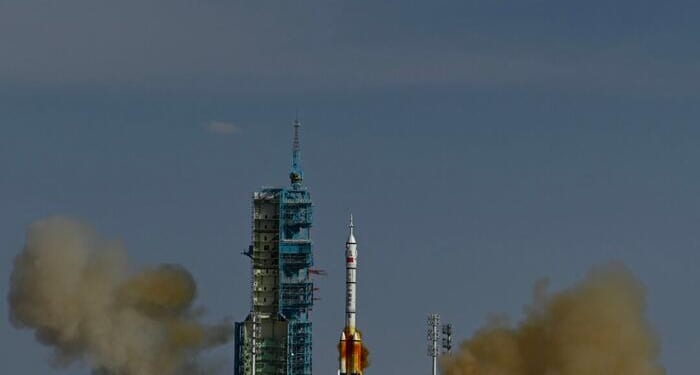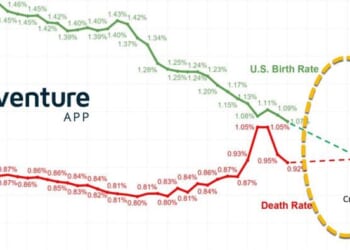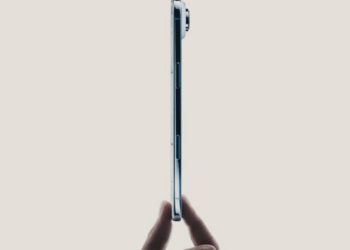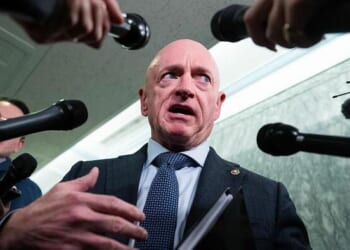Authored by Lily Zhou via The Epoch Times,
China has delayed the planned return of Shenzhou 20’s crew after the spacecraft was possibly hit by debris, the regime’s spaceflight agency said on Wednesday.
The three-person crew was originally set to return to the Dongfeng Landing Site in Inner Mongolia on Wednesday, after their six-month rotation at the Tiangong space station.
They handed over of the operation of the space station on Tuesday to their replacements, who arrived aboard Shenzhou 21 on Nov. 1.
The China Manned Space Agency (CMSA) said Shenzhou 20’s return mission was delayed to ensure the astronauts’s health and safety, as well as the success of the mission.
It did not provide details about where and when Shenzhou 20 was likely hit, but it did say an impact analysis and risk assessment are underway. It did not set a new date for the return mission.
If the return capsule can not be repaired, under protocols established since 2021, there is a backup rocket and spacecraft on standby that can be launched within days to rescue the crew in case of an emergency.
In April, the Shenzhou 19 crew’s return mission was delayed by one day due to weather conditions at the Dongfeng landing site. This is the first time a return mission has been delayed by space debris.
The delay highlights the danger to space travel posed by increasing amounts of space debris. The debris, also called space junk, consists of discarded launch vehicles or vessel parts that float around hundreds of miles above the Earth, risking collisions with countries’ active assets.
According to NASA, there are millions of pieces, or nearly 6,000 tons, of debris in low Earth orbit, most of which is flying seven times faster than a bullet.
The Chinese military tested an anti-satellite missile in 2007 and destroyed weather satellite Fengyun-1C, causing global outcry. NASA said China’s “deliberate destruction” of its own Fengyun-1C and and “the accidental collision of an American and a Russian spacecraft in 2009” increased the amount of large space junk by about 70 percent.
In 2016, Mallory Stewart, then-deputy assistant secretary for emerging security challenges and defense policy at the State Department, called the destruction of Fengyun-1C a “remarkable incident of irresponsible behavior” during a speech at the speech at the Atlantic Council in Washington. She said the Chinese regime had since conducted more such tests, albeit they were not debris-generating.
Beijing complained to the United Nations in 2021 that Tiangong had to perform two emergency avoidance manuevers to avoid fragments produced by Starlink satellites, owned by Elon Musk’s SpaceX, which predominate in the Earth’s lower orbital paths.
Shenzhou 20’s delayed return comes after a similar incident last year, when U.S. astronauts Barry Wilmore and Sunita Williams were stranded in space for months because of a spacecraft malfunction.
The NASA astronauts were initially expected to stay in space for just over a week in June 2024, but the capsule returned to earth without them after it was deemed unfit to return them safely. The pair were retrieved in March this year by a SpaceX Dragon spacecraft.
Loading recommendations…

















